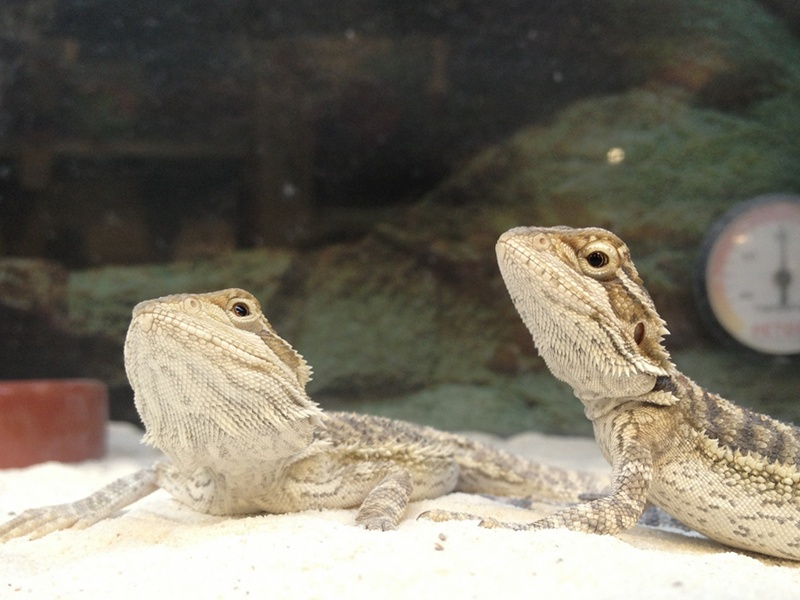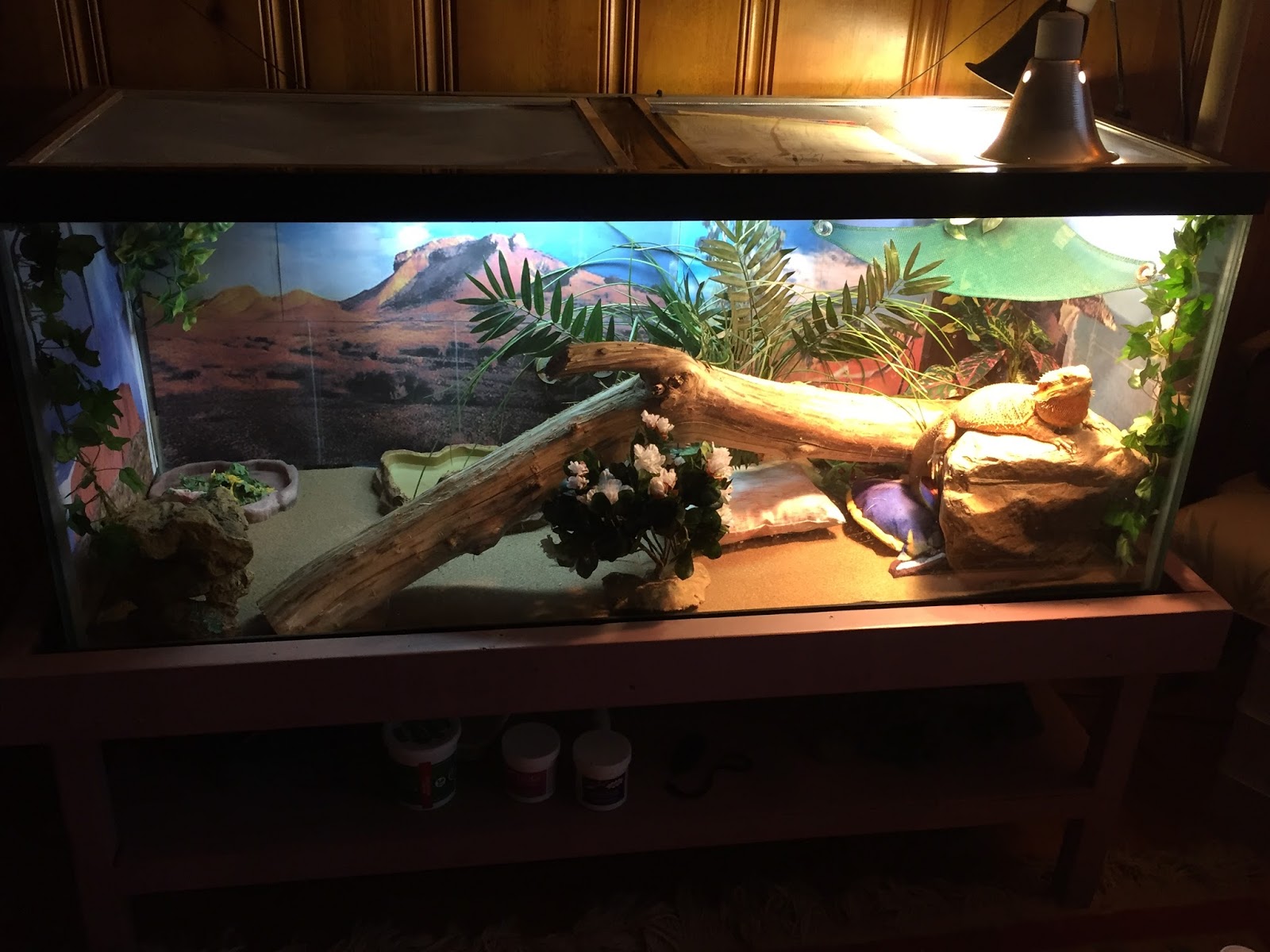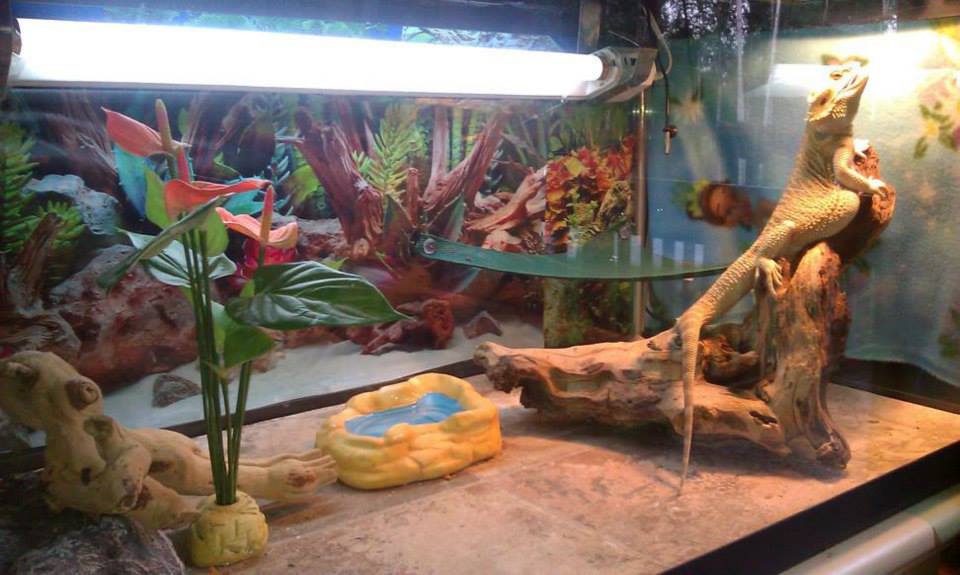The Ultimate Guide to Bearded Dragon Tank Essentials for Beginners
Introduction
Bearded dragons are popular pets for those who are new to reptile keeping. As a beginner, getting started with a bearded dragon and its tank setup might seem overwhelming. This guide will provide you with everything you need to know about the essentials for your bearded dragon tank, from what type of tank to choose and how to set it up to the equipment and supplies needed to keep your pet healthy and happy.
What Type of Tank Should You Choose?
Choosing the right type of tank is crucial for your bearded dragon’s health and well-being. A 40-gallon tank is the minimum size required for an adult bearded dragon, while a 20-gallon tank is suitable for a juvenile. Here are some other things to consider when looking for a tank:
- Make sure the tank is made of glass or acrylic, as these materials are easy to clean and don’t absorb odors.
- The tank should have a secure lid to prevent escape and keep out predators.
- Consider the dimensions of the tank, as bearded dragons need plenty of space to move around, bask, and climb.
- Avoid tanks with sharp edges or corners, as they can cause injury to your pet.
Setting Up Your Bearded Dragon Tank
Once you have chosen a suitable tank, the next step is to set it up for your bearded dragon’s needs. Here are some essential elements that should be included in your bearded dragon tank setup:
Lighting and Heating
Bearded dragons are cold-blooded and require external sources of heat and light to regulate their body temperature and metabolism. UVB lighting is essential for bearded dragons to produce vitamin D3, which helps them absorb calcium from their diet. A basking bulb, usually a halogen or incandescent bulb, is used to create a warm spot in the tank where your bearded dragon can bask and regulate its body temperature.

Substrate
The substrate is the material that lines the bottom of the tank. It should be easy to clean and not pose a health risk to your bearded dragon. Some suitable substrates include newspaper, paper towels, reptile carpet, and ceramic tiles. Avoid substrates like sand, wood chips, and gravel, as they can cause impaction if ingested.

Furniture and Decorations
Bearded dragons are active and curious creatures that need plenty of stimulation and enrichment. Furniture and decorations can provide your pet with hiding spots, climbing opportunities, and something to explore. Some essential furniture and decorations include a basking platform, rocks, hiding caves, and branches. Make sure that any furniture and decorations are securely anchored to prevent them from falling over and injuring your pet.

Equipment and Supplies
To keep your bearded dragon healthy and happy, you’ll need some essential equipment and supplies. Here are some of the most important items to have on hand:
Thermometer and Hygrometer
A thermometer and hygrometer are used to monitor the temperature and humidity levels in the tank. Bearded dragons need a basking spot that reaches 100 to 110 degrees Fahrenheit and a cooler end of the tank that’s around 75 to 85 degrees. The humidity level should be kept between 30 to 40 percent. Keep the thermometer and hygrometer away from direct sunlight and heat sources for accurate readings.

Food and Water Dishes
Bearded dragons need a shallow dish of fresh water in their tank at all times. They also need a separate dish for feeding. Food dishes should be shallow and easy to clean. Avoid using dishes made of plastic, as they can harbor bacteria.

Food
Bearded dragons are omnivores and eat a mix of insects, fruits, and vegetables. Some suitable insects include crickets, mealworms, and dubia roaches. Fruits and vegetables that are safe for bearded dragons to eat include kale, carrot, blueberries, and papaya. It’s important to provide a varied diet to ensure that your bearded dragon gets all the nutrients it needs.

Conclusion
Setting up a bearded dragon tank can be a fun and rewarding experience for beginners. By following this guide and getting the right equipment and supplies, you can provide your pet with a comfortable and healthy home. Remember to always monitor your bearded dragon’s behavior and health and consult a veterinarian if you have any concerns.
